Skiing in Canada may conjure images of popular resorts such as Whistler or those in the Canadian Rockies, or perhaps heli-skiing on expansive glaciers. Yet cat touring in the Selkirks, the birthplace of cat skiing, unveils some of the Great White North’s finest powder.
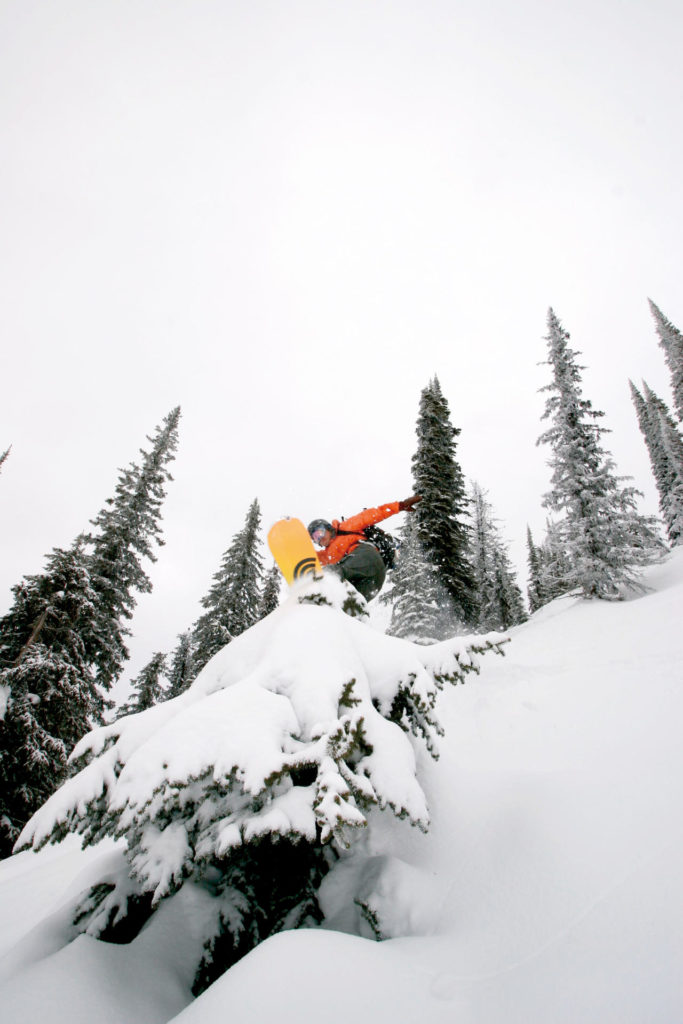
The origin of the tale about the blind men and the elephant is said to come from Buddhist scriptures. As the story goes, a group of blind men are asked to feel their way around an elephant and describe the creature. The man who touches the elephant’s ear states with vindication, “An elephant is a fan-like creature,” while the man who touched the pachyderm’s foot assuredly explains, “It’s like a thick, wide column.”
Finally, the man who grasps the elephant’s tale exclaims with certainty, “The elephant is similar to a snake.” The point is not to make a judgment based on your limited experiences. “Absolute” truths may in fact be relative, and reality may be viewed differently depending on one’s perspective.
I find this can often apply to skiing and snowboarding. People have different experiences and are left with different impressions of places they’ve skied, depending on where, when and the conditions at the time.
Last snow season, I played one of the blind men to the elephant known as Canada.
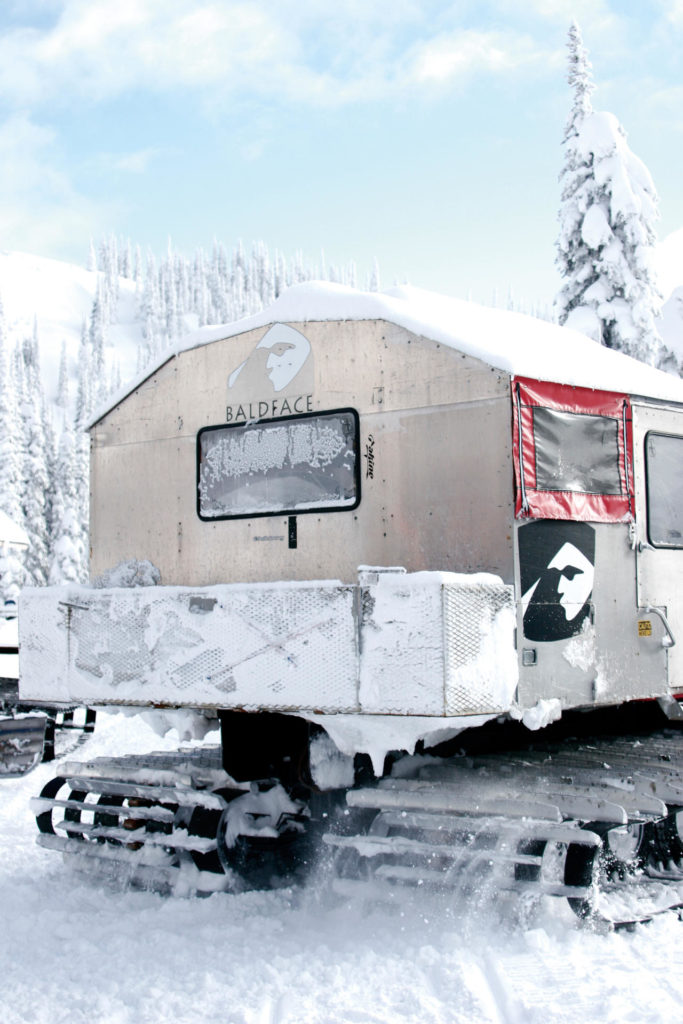
However, rather than touring in search of powder, I made my way directly to a cat ski lodge deep within the mountains of British Columbia where I spent the entire winter. My impression of Canadian snow was that it is unbelievably light, deep and dumping every day.
Of course, I am well aware not everywhere in Canada is blessed with these same conditions. In the same way Japanese people don’t eat sushi every single day; Canadians aren’t “submarine-ing” through powder hits on a daily basis. Fortunately, however, the light, deep and massive snow dumps continued throughout the season I spent at Baldface Lodge.
Even though I was in a diverse country, I never really felt like going elsewhere. Becoming “blind” to the Disneyland-like mega-resorts allowed me to enjoy more than my fair share of Baldface.
For many, real Canadian backcountry conjures up images of heli-skiing – a line of skiers making their way down a gentle slope toward the waiting helicopter. For the initiated “cat skiing” has its advantages and can be just as rewarding.
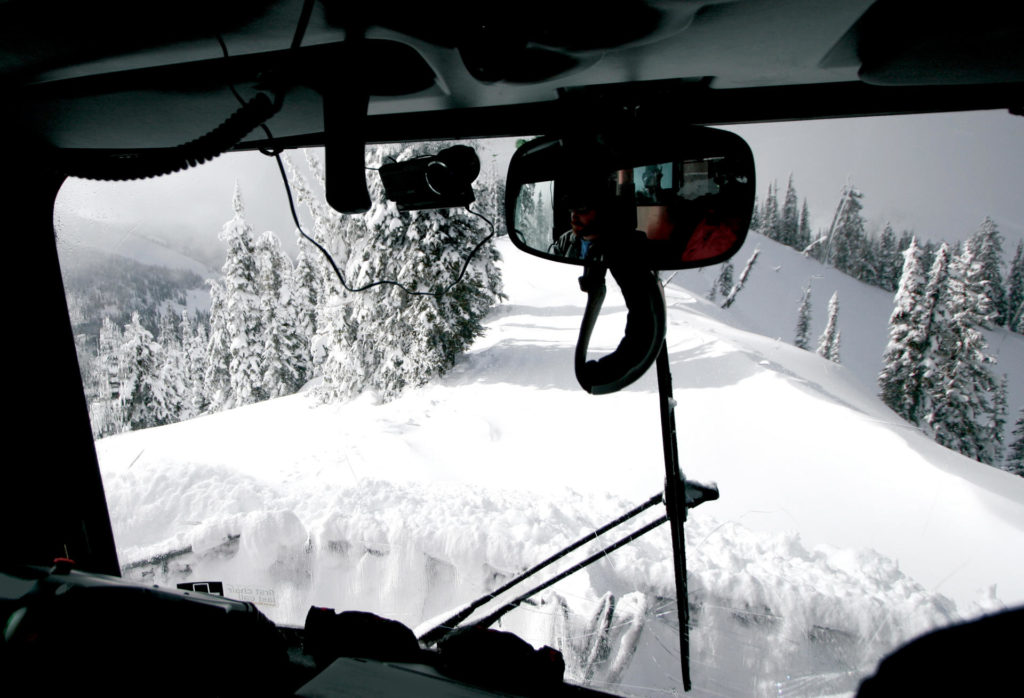
Fortunately, the number of people who hear “cat skiing” and think, “Oh, you mean those short, little skis reminiscent of cat’s feet?” is dwindling. However, in Japan, those who fully understand the concept and beauty of cat skiing remains limited.
For riders looking to cover as many vertical feet in a day as possible, heli-skiing, with its accessibility to glacial peaks not found in Japan and expansive scenery, is the perfect fit. However, one can’t always count on the weather to be cooperative.
Cat skiing trips up the mountain are a “go” even in the middle of a storm, so canceled runs are a thing of the past. As heli and cat-skiing each have their pros and cons, I recommend doing some research on both and choose the one which best suits your needs and riding style.
Cat skiing first made tracks in 1975 in the backcountry of the Selkirk Mountains, lying west of the Rockies and considered to be one of the three main mountain ranges in Canada. At the time, “snowcats” were used exclusively at ski resorts for transporting personnel. Currently, there are 13 snowcat tour operators registered in British Columbia, with a large number of unregistered companies also making tracks in the area.
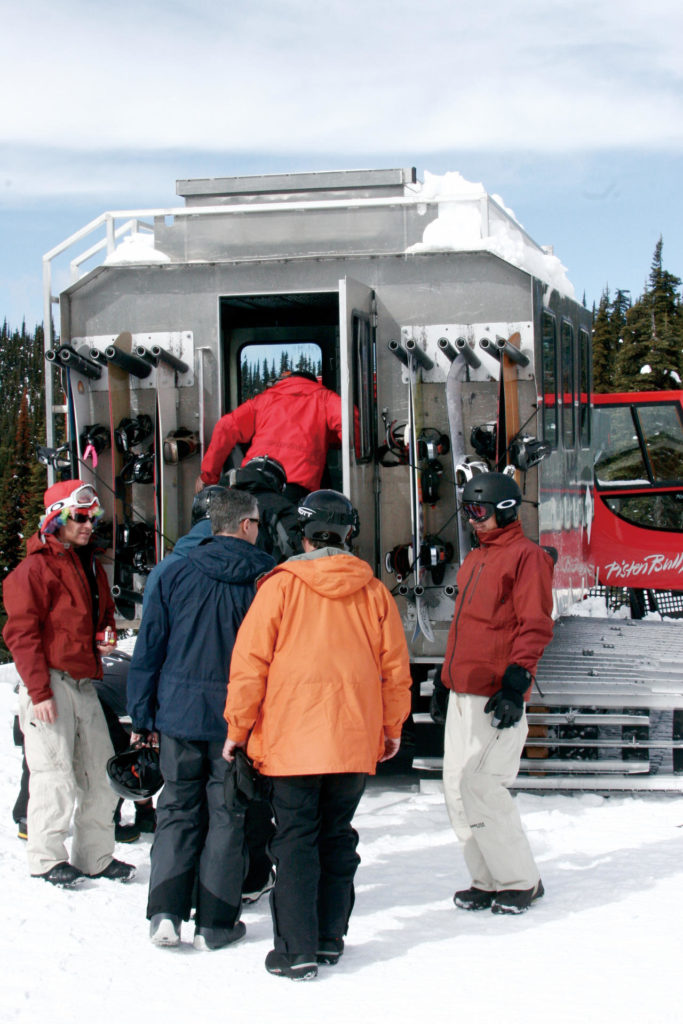
Whistler and the Rockies are the stars of Canadian mountain ranges, but many tour companies base themselves in the Selkirk area. Whistler is a coastal range and, thus, gets a lot of dumps, but the snow is much wetter and heavier due to the proximity to the ocean.
The inland Rockies sport much lighter and drier fluff, but the amount of snowfall is limited. Temperatures in the Rockies run low which makes the area perfect for ice-climbing but doesn’t afford many chances for deep face shots of powder.
Enter the Selkirks, a range between Whistler and the Rockies with an inter-mountain climate combining the best of both outer ranges—tons of light, dry snow.
The Baldface Lodge where I worked for one season is nestled among the foothills of the Selkirks and is situated on the opposite side of a peak from a charming, little town called Nelson. Upwards of 12 meters of snowfall can be expected in a season blanketing one of the largest ski areas in North America. The 12 meters of light, inter-mountain powder easily outdoes 20 meters of wet coastal snow.
Baldface is also one of the operators with an abundance of snowboarder guides who ride and guide regularly. Snowboarders and skiers tend to prefer different slopes, with the “one-plankers” avoiding open fields in favor of banks, berms and terrain which make a trip down the mountain feel like a surf session.
The Baldface guides are a mix of hardcore skiers and former snowboard bums with a firm grasp of what guests are looking for. They can take you to your promised land and make sure you have a great time along the way.
In fact, it’s their job. The guides and lodge staff at Baldface all share the same simple mission: to prepare guests to go out and get as much of the best powder as possible. Luckily they love their jobs, because even guides can get bored and, if they lose their inspiration, it can have an adverse effect on the tours they guide.
Each day’s goal is to get everyone safely through incredible powder fields, enjoy the ride and then head back to the lodge to toast to the day’s adventures.
Many of the guided routes are wide-open runs through coniferous trees on slopes much steeper than those in Japan. Tree hits in Japan mean slipping through broadleaf foliage such as beech and birch trees.
When the leaves fall, they tend to even out the ground upon which the snow piles, plus these trees don’t often grow on the steeps. Canadian pines gather snow in their branches, allowing it to fit with the rise and fall of the land, creating great little jumps and miniature terrain perfect for snowboarding. This is the real thrill of evergreen runs.
The town of Nelson, nestled deep within the Selkirk Mountains, is known as an “inland peninsula.” It’s quite a distance from any national highway, so only people with a specific purpose come through town. It just so happens most of these folks are searching out the simple life of skiing and fun.
Of course families and livelihoods take on equal importance, but the unique lifestyle is what makes the town so inviting. Friendly locals bide their time waiting for the arrival of you and your friends—as does the deep powder of the Selkirks.
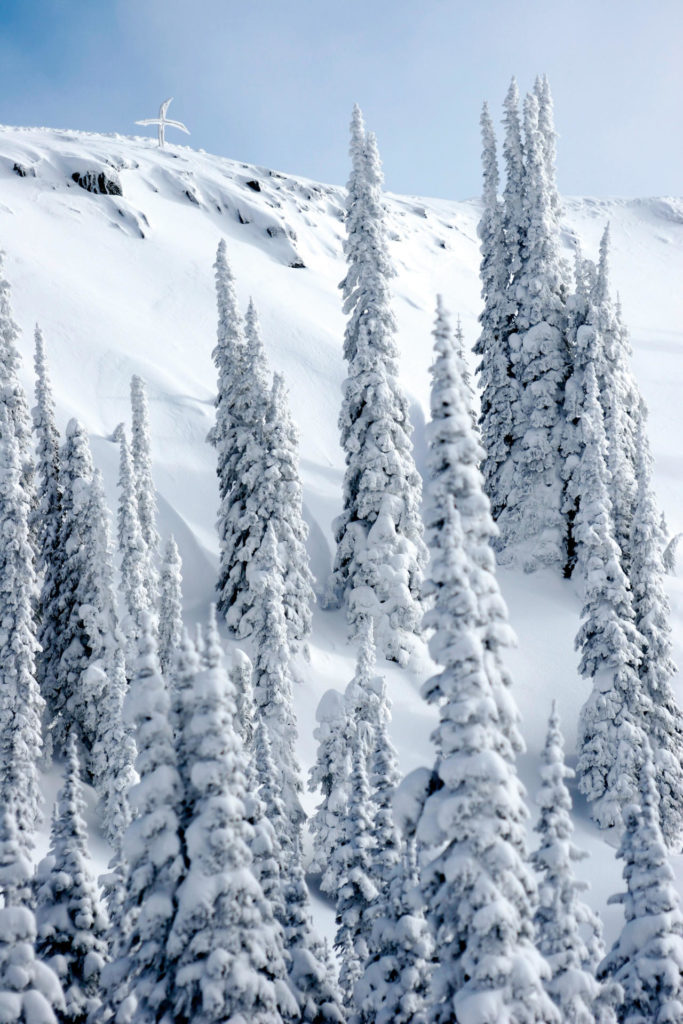
GETTING THERE
The road to Baldface starts at Narita with a flight to Seattle, and then a short flight to Spokane. A three-hour shuttle bus passes over the U.S.-Canadian border and runs directly to Nelson, British Columbia, in the Baldface foothills. A private helicopter then whisks you away on a five-minute ride to the lodge.
ESSENTIALS
Baldface Lodge
Address: P.O. Box 906, Nelson, B.C., V1L 6A5 Canada
Tel: (250) 352-0006
E-mail: info@baldface.net (English) baldface.jp@gmail.com (Japanese)
Web: www.baldface.net




